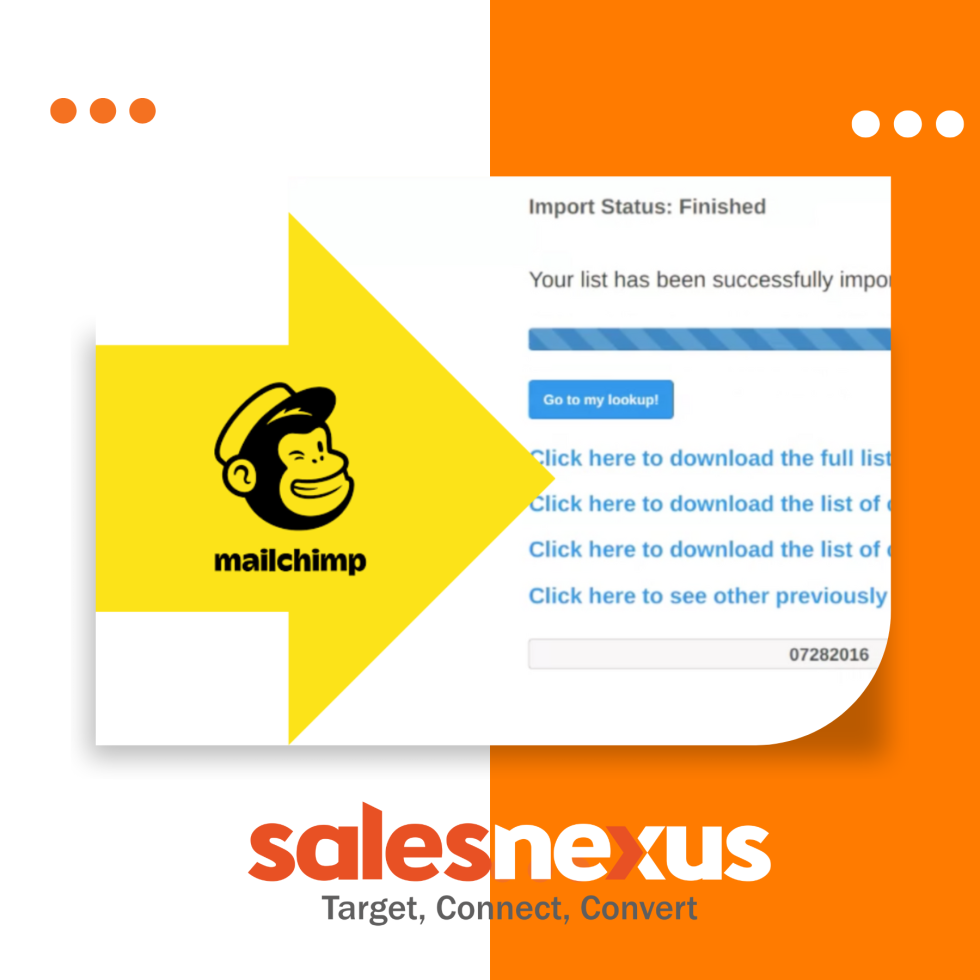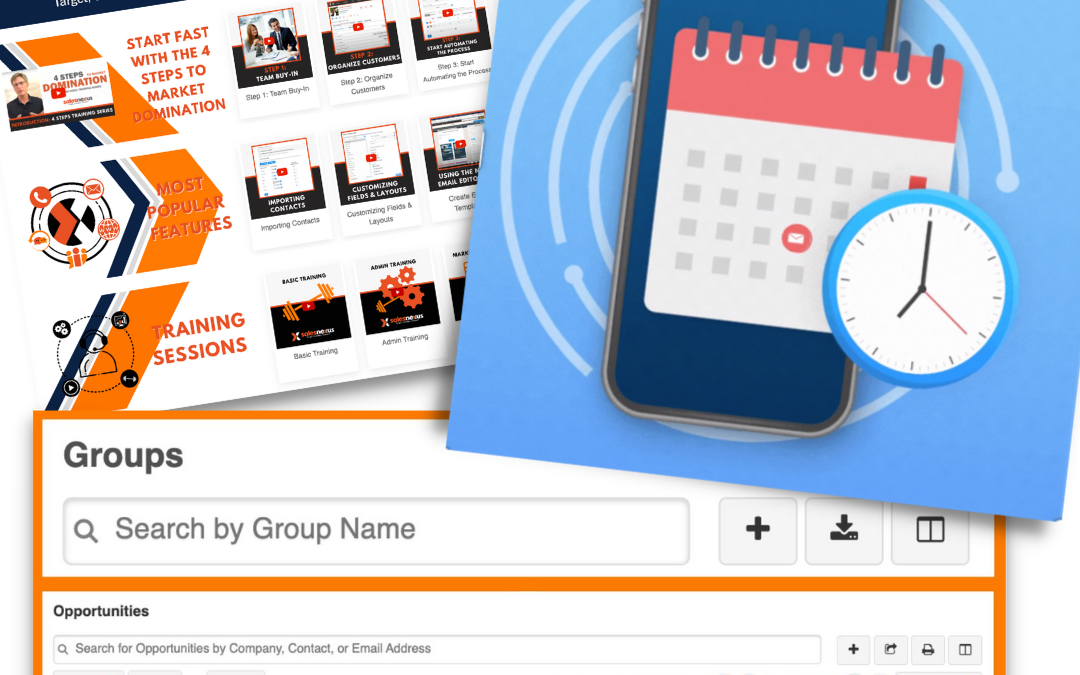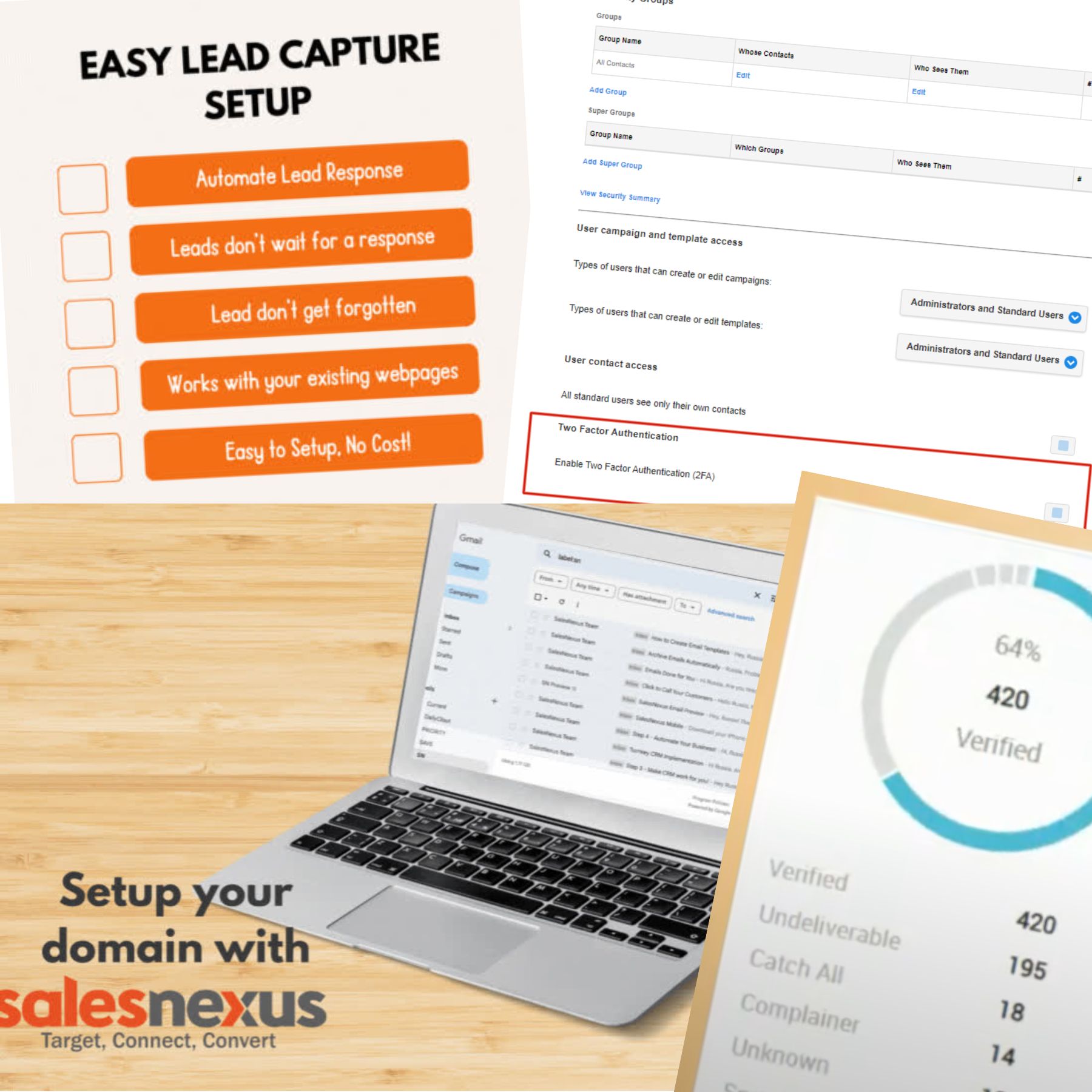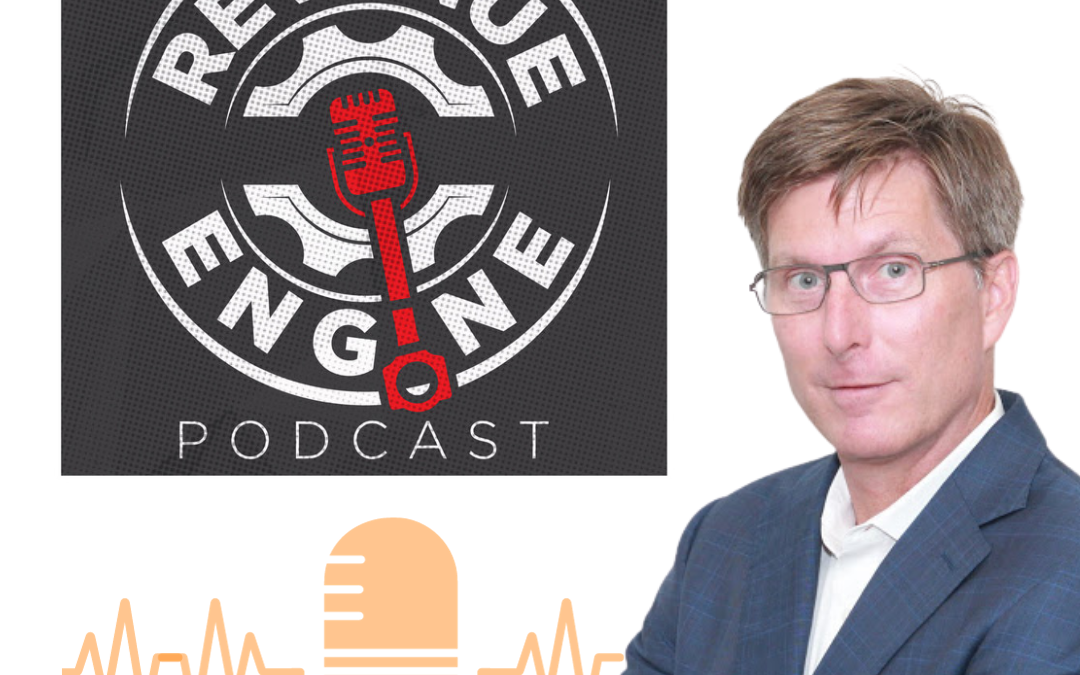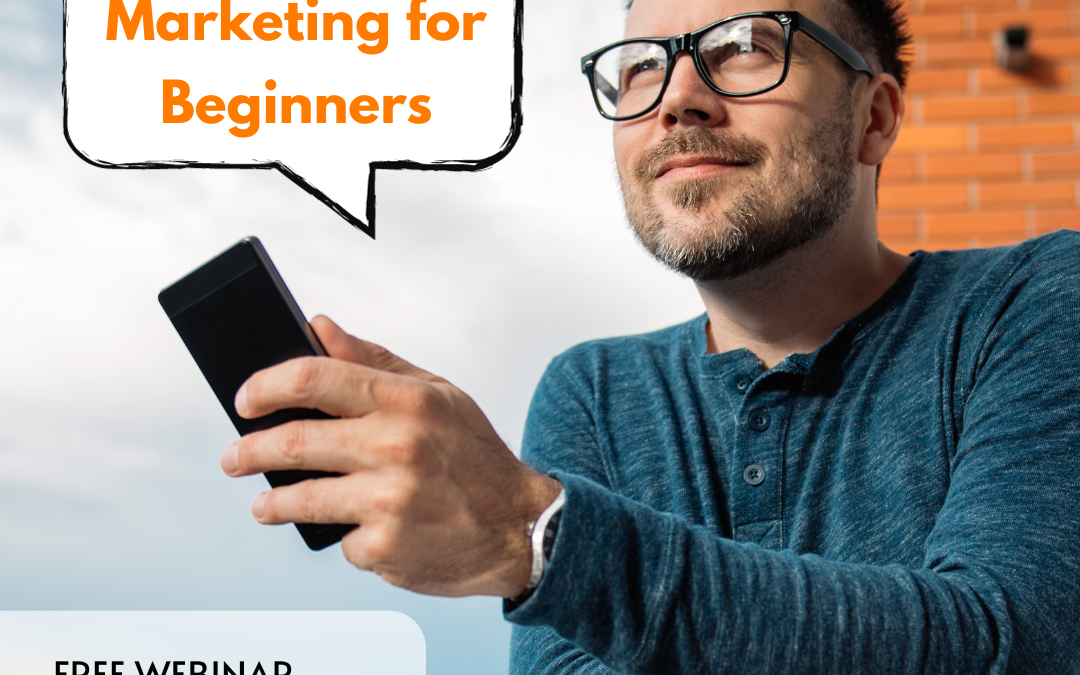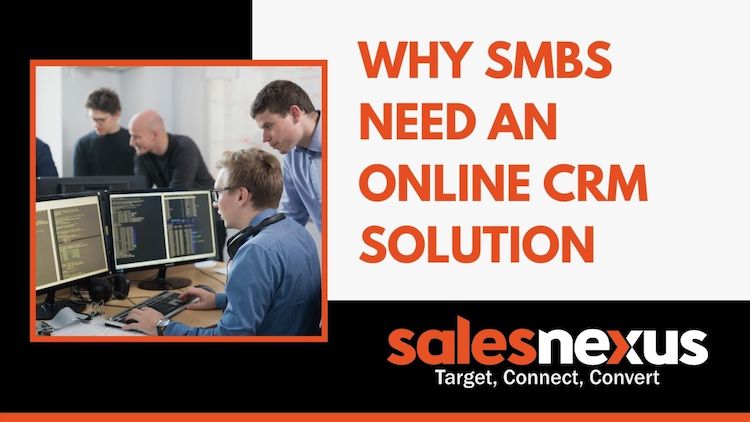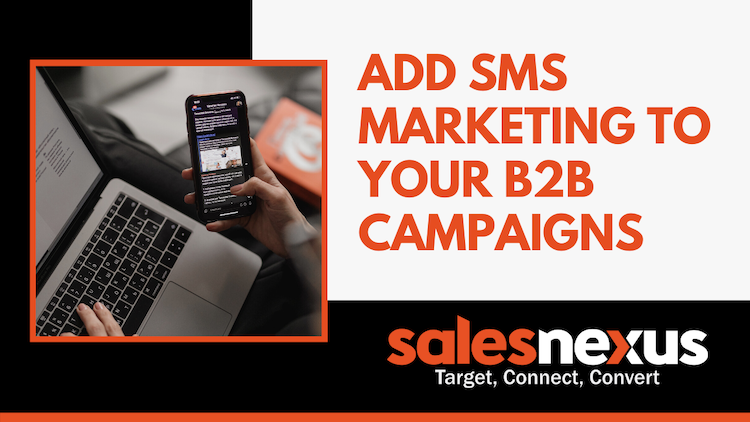Transfer Mailchimp List of Subscribers
Seamlessly Switch from Mailchimp to SalesNexus in Just 5 Minutes For many businesses, managing and nurturing email subscribers is a critical aspect of marketing. If you’ve been using Mailchimp for this purpose but are considering a switch to SalesNexus, you’re in luck. Transitioning from Mailchimp to SalesNexus has never been easier, thanks to our streamlined […]
